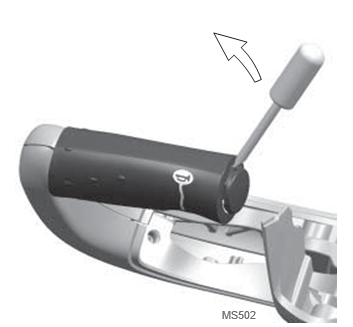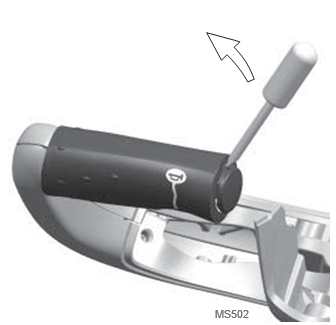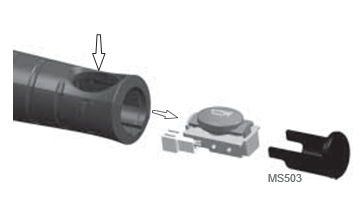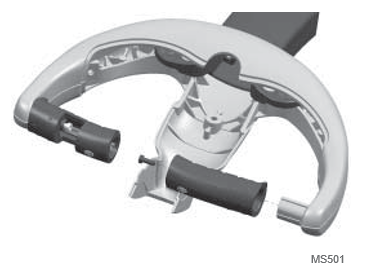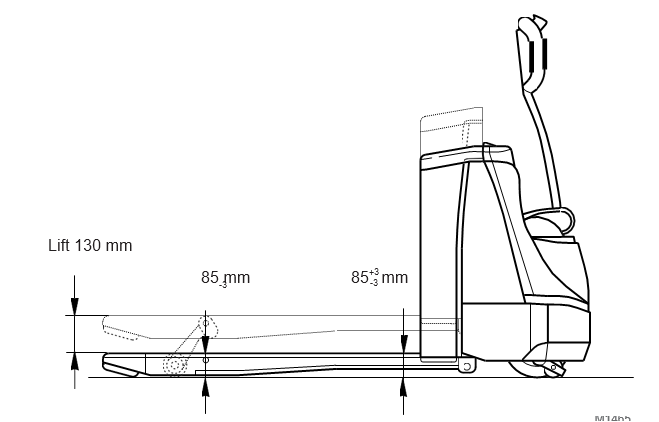Crown WP 2300 4500 Pounds Pedestrian Electric Pallet Truck Daily Maintenance
The Crown WP 2300 4500 Pounds Pedestrian Electric Pallet Truck Daily Maintenance Form is for the equipment's different parts such as the battery, calibration, battery connector and horn to name a few. . It has the complete list how on how and what to check.
Crown WP 2300 4500 Pounds Pedestrian Electric Pallet Truck Daily Maintenance
The Crown WP 2300 4500 Pounds Pedestrian Electric Pallet Truck Daily Maintenance Form is for the equipment's different parts such as the battery, calibration, battery connector and horn to name a few. . It has the complete list how on how and what to check.
Battery
Battery Discharge Indicator Setting (BDI)
Calibration
Battery Connector ( = Emergency Stop )
Horn
Installation
Note: The switches for the left and right handles are different. If you fit the switch on the wrong side the horn symbol will be upside down!
Fit the horn switch in the reverse order of removal
Handle
Removal
Installation
Note: The switches for the left and right handles are different. If you fit the switch on the wrong side the horn symbol will be upside down!
Fit the horn switch in the reverse order of removal.
Lift / Lower rocker switch
Fast/ Slow Travel Switch
Reverse Safety Switch
Brake
Multitask Handle - Springs for Return Function
To prevent injury caused by the vehicle suddenly moving, in particular when working on the multitask handle support:
The item numbers in brackets refer to the graphic M1491.
Adjustment
The axle (4) is fixed on the left hand side as standard with a roll pin (5). If the spring pressure reduces with time, the springs (2) can be re-tensioned as follows:
Removal
Assembly
Steering
The item numbers in brackets refer to the graphics of the knuckle in section 3.3 of the spare parts manual.
Installation
Fork
Carry out the measurement on a level surface (level to 1mm).
Fork
Wheels / Load Wheels
Source: Clark

